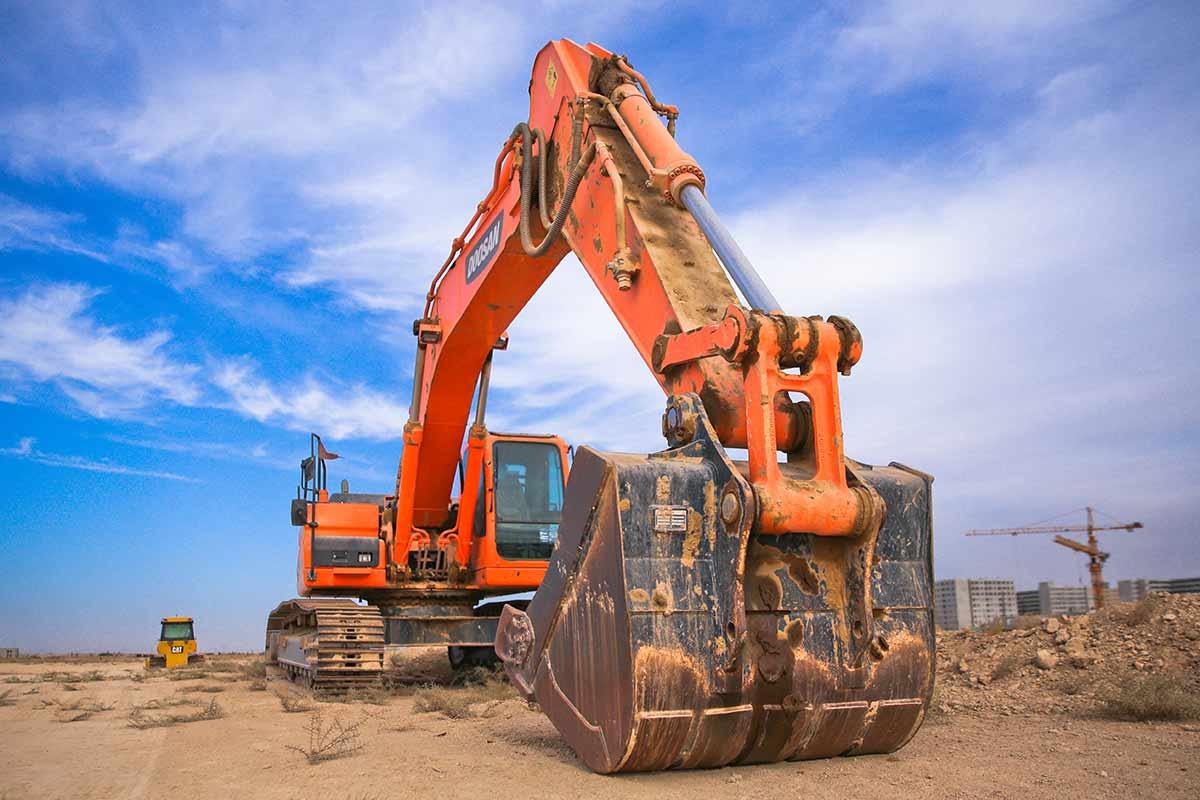How Is Our Planet Running Out Of Sand?

Running Out Of Sand
It seems strange to think that our planet could even possibly run out of sand. After all, it's all around us on the beaches, ocean beds, lakes, deserts...
There appears to be a growing concern with environmental activists and professionals alike, amidst our insatiable appetite for construction unleashed through a global building boom. Heck, gangs are now stealing pristine beaches to order, and paradise islands are being dredged and sold off to the highest bidder.
We travel the world in search of the most pristine white sand we can find. We flick through glossy brochures planning our next beach holiday. And then we have our charity of the year, Surfers Against Sewage, fight every day to keep our beaches clean. It seems everybody is infatuated on a beach and being beside the sea. Desmond Morris, who is a naturalist, even believes that we are hard-wired to seek out these water-holes as descendants of water-loving apes, lounging around soaking up the sun and splashing around in the sea, listening to the rhythmic crashing and retreat of the waves.
We have astronomers try to impress upon us the size of our universe. They compare the number of stars to the single grains of sand sprawled across our planet. Such comparisons lead us to believe that the amount of sand that we have here is, in fact, infinite. As it happens, according to researchers at the University of Hawaii, there really is quite a lot of sand here- 7.5 x 10 to the power of 18, or 7 quintillion, 500 quadrillion. Give or take a few trillion here and there.

Appetite For Sand
Yet sand is by no means infinite, and that is becoming more and more notable in certain parts of the world. We consume between 30-40 billion tonnes of aggregate a year, and half of this is sand. We build new houses, skyscrapers, roads and bridges. We make glass and electronics. We use fracking as a means to drill for new oil. All of which consumes sand.
Of all the mined material back in 2014, sand accounted for 85% of the total weight. Yet this is replaced only over thousands of years of rock erosion. This hardly seems sustainable now. The problem is, no one knows exactly how much damage this is having on our environment, primarily down to it being a hidden threat, out of sight from the media and the public eye. With this booming demand comes scarcity, and with scarcity often comes criminality. With an estimated worth of £50bn a year globally, and a cubic meter of sand selling for £62 in some areas of high demand, its no wonder there are gangs and organised enterprises dredging our beaches and islands of their riches.
This illegal trade can get you killed in some countries, from India and Indonesia to Morroco and Jamaica. Beaches are carted off by the hundreds of truckloads, and should anyone interfere with this activity, intimidation, threats, and even murder are all possible outcomes.

Sand Exploitation
Sand extraction is just isolated to developing countries though. In the US you have the ever-more-common activity of fracking, where 'frac sand' is used in the process to produce petroleum fluids such as oil and natural gas. Areas such as Wisconsin have been spoiled, provoking many protests from the local community.
Then you have the Lough Neagh in Northern Island, where Friends Of The Earth have been fighting to curb the dredging of one of Europe's most important wetlands. Friends Of The Earth claim that the bird population here has declined by 75% in the past 30 years, and damaging fish habitat by worsening water quality.
The Burj Khalifa in Dubai- the worlds tallest skyscraper- is entirely surrounded by sand. Despite this, the "right kind of sand" used for the construction was imported from Australia, because of its 'gritty' texture from riverbeds. They could have used sand from the sea bed, but this has to be cleansed of all salt residue first to prevent metal corrosion in buildings. This, of course, comes at an additional cost people don't want to pay for!
The Solution?
We have to ask ourselves whether sand extraction can be curbed, with the ever more insatiable demand for it. There is some research that suggests the use of small particles of plastic - "plastic sand" - that can replace 10% of natural sand in concrete. This could save a whopping 800 million tonnes a year! Then you have a team at Cambridge University that are using computer modelling to efficiently size the amount of concrete we need to use. Many structures are "over-engineered', which equals a lot of waste, and this is an intelligent means to tackle the problem.
And what can we personally do to help the overuse of sand? Ensure we are recycling glass responsibly, of course, so that we can reuse the materials over and over again.